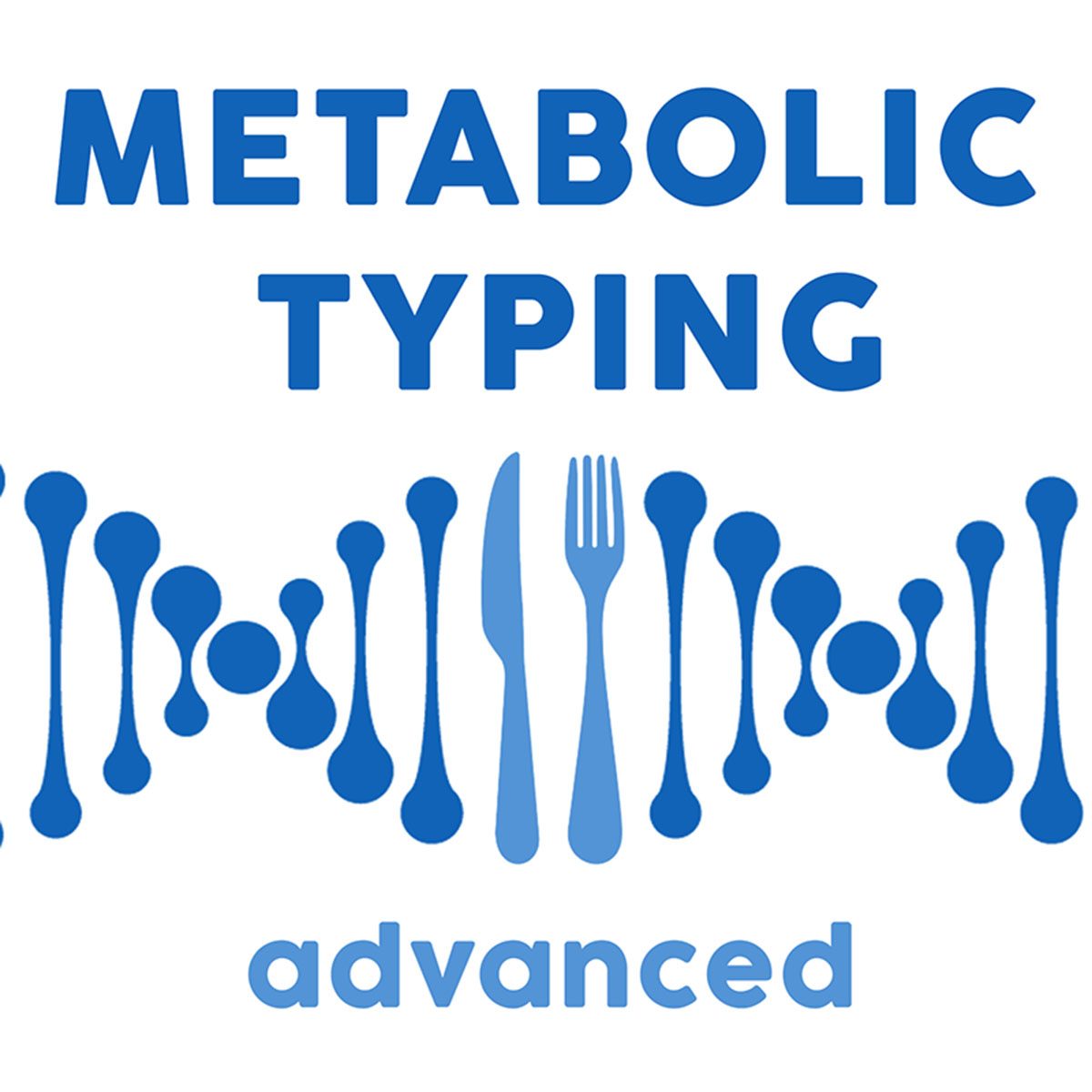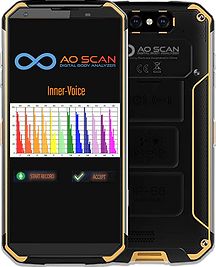No products in the cart.
Test Your pH by Dr. Dennis Myers
Note:
Find your specific Metabolic Type to determine what foods contribute to your health. And which foods take away your well being. Learn how to construct meals to build health instead of disease. When your body gets its required nutrients, it can clean, repair and maintain itself.
Most researchers have been unaware of the discovery made by William Wolcott that confirms this: oxidizers are alkalized by fats and proteins, autonomics are alkalized by carbohydrates. Everything you read below is written for autonomic dominance.
The test is simple:
- Saliva test upon waking. First thing in the morning right when you get out of bed, lick and wet the end of an acid test strip with saliva. Note the color change and write down that pH number. Do this before brushing your teeth, drinking, smoking, or even thinking of eating any food. This pH should be 6.8.
- Then test your second urine of the morning. The urine stored in your bladder during the night, that is ready to be eliminated when you get up, should be acid so you don’t want to test that. Drain your bladder in the morning, the last time you get up if you get up during the night and then see what that urine pH is. Again, record this number. This number should be the pH of your urine after you got rid of your acid load from the day before. The acids should be gone the second time you go to the bathroom so your urine pH should be around 6.8 also.
- Eat breakfast, an apple will do, anything, and five minutes after breakfast check your saliva again. Write this number down also. This number should go up from what it was before you ate, the more the better.
- Then check your urine pH between meals, i.e. between breakfast and lunch and between lunch and dinner. The pH should always be 7.0 to 8.5, a couple of hours after meals.
These tests show the following:
A. How well your digestive system dealt with what you ate the night before, i.e. the AM urine pH. These numbers may change from day to day depending on what you did eat the night before.
B. How well we treat ourselves in general, i.e. how “strong” the liver is. This is the AM saliva pH. This number shows the overall state of our health, the condition of the alkaline reserve of our bodies which reflects the diet we have eaten over the last months to years. This number stays rather constant and will only change after some work has been done in re-mineralizing the body. Since the saliva pH is an indicator of intracellular pH, saliva pH readings should never be below the pH of the phosphate buffer system, 6.8. (see below). The most accurate reading of saliva pH is recorded immediately upon awakening-after sleeping at least five hours and before brushing the teeth. It is during sleep that the body removes waste and is in an anabolic state restoring and replenishing the body. If the patient has a saliva pH of 5.5 at this time and only 5.6 after eating, you know that this person has no alkaline reserve and that his body is devoid of the minerals necessary to process food properly-his body cannot adequately respond to the physiological crisis of handling food.
C. The pH of your saliva after you eat gives an indication of what the mineral reserves of your body are (the pH number should increase after you eat). My son just thought of a lemon for a minute and the pH of his saliva went up a whole point. He had enough reserve minerals, which are basic, to pull into his digestive system to begin the digestive process. The ideal saliva pH pattern is 6.8 on awakening, 7.0 before eating and 8.5 following breakfast.
Besides just thinking of a lemon one can eat one. This is a simple test that can be done at most any time of the day. It too checks the adequacy of the alkaline reserve of the body. When a healthy person with adequate alkaline reserves takes a bite of highly acid lemon, the saliva pH drops sharply for an instant but returns almost immediately to pH 8.5. The more acidic the food that is eaten, the more rapid the response of the alkaline reserve, and the higher the saliva pH should be following a meal.
D. The pHs of the urine between meals should be kept in the basic range, pH 7.0 to 8.5. After one eats, the stomach generates the necessary acid to digest the food. While doing this, it also performs the opposite action, i.e. it makes an equivalent amount of base or baking soda, sodium bicarbonate, that is picked up by the blood stream and delivered to the alkaline glands of the body, the saliva, the pancreas and the liver. The maximum amount of base in the blood and therefore in the urine occurs one to two hours after you eat.
This rhythm of the acid and base flow of the body, is called by Frederick F Sander, the Base-floods and the Base-tides of the Acid-Base household. This information is from, The Acid-Base Household of the Human Organism and its cooperation with the NaCl circulation and the rhythm of the Liver, Frederick F. Sander, about 1930, translated from the German by Robert Miller, D.C. This book is not yet in print in English. Actually the body fluids and therefore the urine is most acid at 2:00 A.M. (pH 5.0 to 6.8) in the morning (the base tide) and most alkaline at 2:00 P.M. (pH 7.0 to 8.5) in the afternoon (base flood).
“The ideal pH numbers depend on the time of day. Plotted on a curve it looks like the double hump of the back of a camel. Two times a day the urine should be alkaline and that is the top of the humps and corresponds to 10 A.M. and 2 P.M., the alkaline tide after meals. During the rest of the day the pH should be between 6.6 and 6.8. This is optimal urine. The first urine in the morning should be more acidic because of the decalcification that takes place during the night.”
If all the acids are not all flushed out during the night they accumulate, day after day. It hurts for one thing and the cycle of chronic disease begins. It effects different people in different ways; heart disease in one, arthritis, osteoporosis, stones, ulcers, cancer, in others. If what you are doing to get better isn’t working, if you are sick, be it with modern allopathic medicines or any of the alternative, complementary therapies, it is probably because you haven’t dealt with this acid problem, first.
Definitely, this puts the responsibility of caring for one’s own health back into a patient’s hands. It guides your therapy and shows you if what you are doing is working or not. You do the above tests a month or so after you did the initial ones. The numbers should be less acid, if you are doing the right thing. If not, you and your doctor should, re-consult. It all takes time.
Simple pH Indicator Solution
A simple way to prepare a pH indicator, instead of using pH strips, is to use the spice, Turmeric. Turmeric is a yellow powder but in a basic solution it turns a ruby red color. Actually, it turns color right at a pH of 6.8. the pH that the urine and saliva should be, most of the time. To prepare this pH indicator solution you just add a teaspoon of Turmeric to a pint of rubbing alcohol. Shake it up and let it settle.
To use it pour some of the yellow, alcohol/Turmeric solution into a test tube or similar container. A small drinking glass will do. Add a few drops of urine or saliva and if it turns red it means that whatever was added had a pH greater than 6.8, that it was alkaline. If it stays yellow the pH is acid, less than 6.8, need more fruits and vegetables. If your urine is acid you need Base Powder. You take enough Base Powder so that the Turmeric solution stays red most of the time. After awhile it will stay red all by itself and then you will know what it means to be in pH balance. You will simply just feel good.







